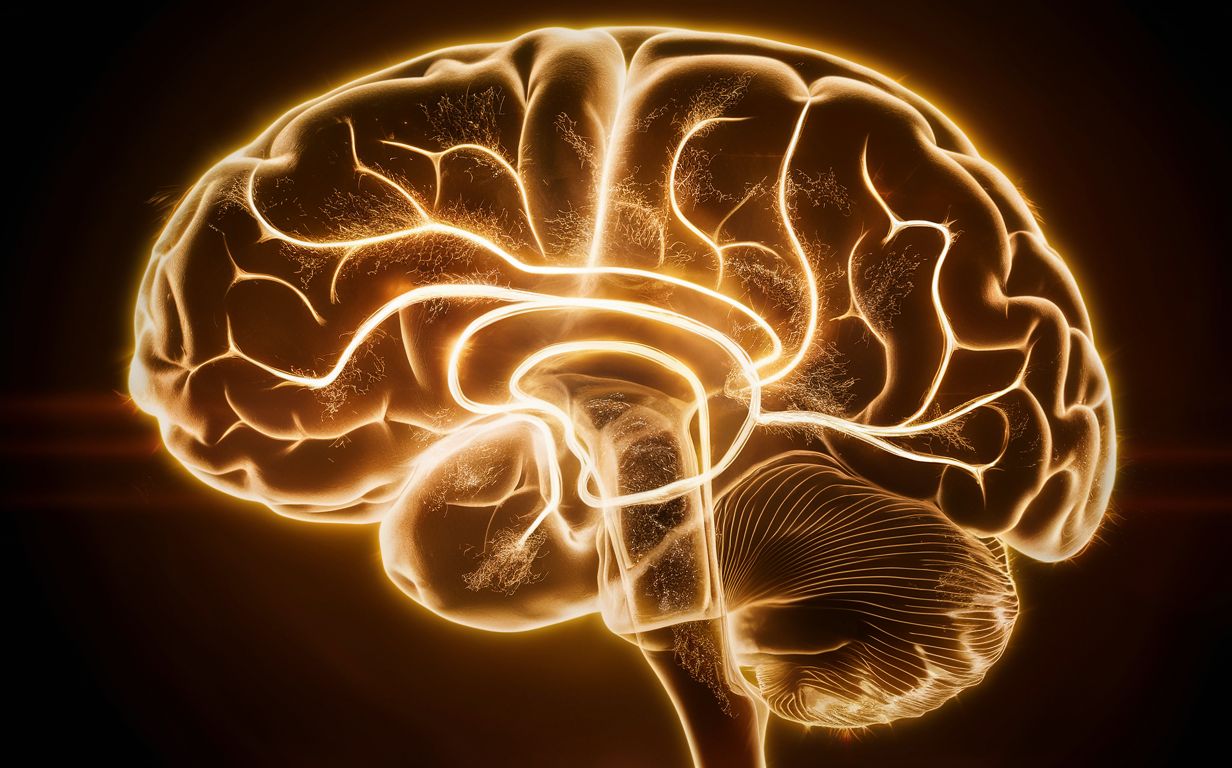Discovery: the human brain may store and process 10 times more information than estimated
Follow us on Google News (click on ☆)

Like a computer, the brain stores information in "bits," based on connections between neurons and synapses. Until recently, it was believed that these synapses had limited capacities, thus restricting the brain's storage ability. However, recent research challenges this idea and suggests that the brain could store ten times more information.
The study in question developed an accurate method to assess the strength of neuronal connections in rats. These synapses, essential for learning and memory, are the points of communication between neurons, allowing for the storage and sharing of information.
Thanks to this new approach, researchers were able to more precisely measure the amount of information that synapses can store. Published on April 23 in the journal Neural Computation, this analysis could not only improve our understanding of learning but also of neurodegenerative diseases and aging, which weaken these connections.
In the human brain, there are more than 100 trillion synapses. These synapses strengthen or weaken based on neuronal activity, a phenomenon called synaptic plasticity. As we age or develop neurological diseases like Alzheimer's, synapses become less active, thereby reducing cognitive and memory capacities.
To measure the strength and plasticity of synapses, researchers used information theory, a mathematical method to understand the transmission of information. They were thus able to quantify the capacity of synapses to transmit information despite cerebral "background noise."
The analysis of synapses from a rat hippocampus revealed that they could store between 4.1 and 4.6 bits of information, confirming the hypothesis that synapses can hold much more than one bit each. This discovery could allow for the comparison of storage capacities in different areas of the brain and the study of changes related to neurodegenerative diseases.